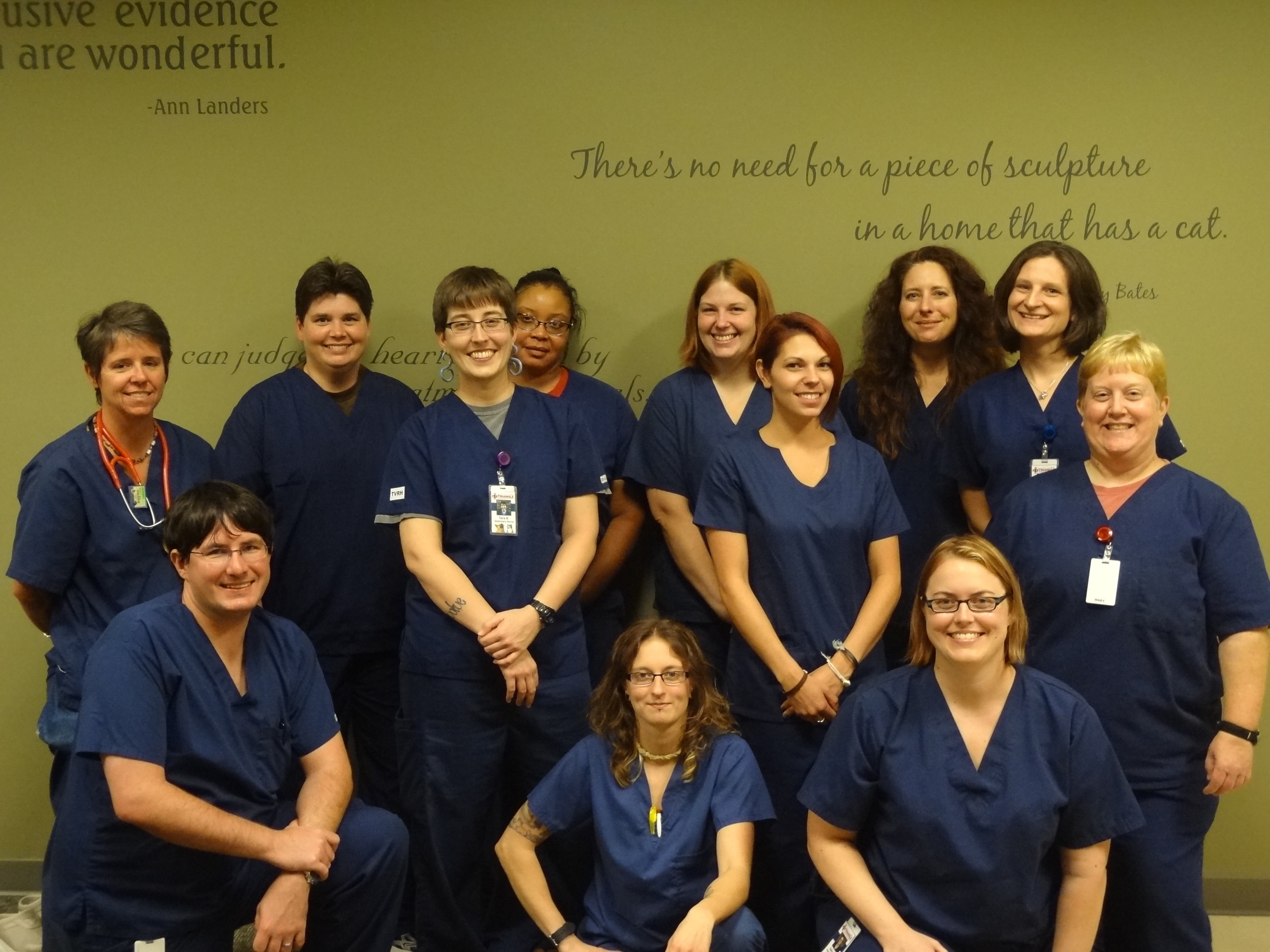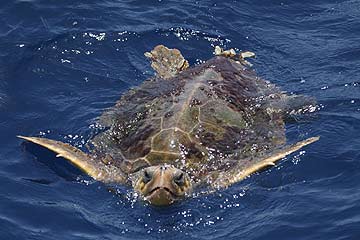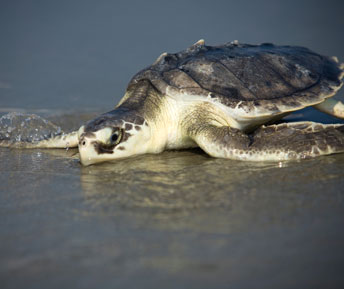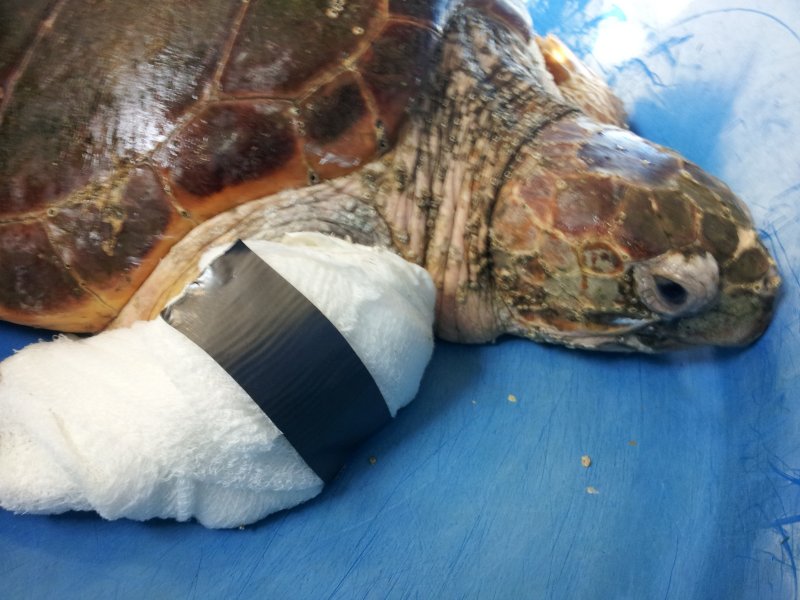-"Are you a vet student from NC State?"
-"No - I am just a high school student taking a gap year before university."
- "Really! I would never have guessed...."
And thus my externship began at TVRH, and not once have I regretted my decision to spend a year under the guidance of Dr. Grafinger and his admirable team. Spurred by my interest in biology and medicine, I began shadowing Dr. Grafinger in May 2012 during my senior year at Durham Academy. Keen on learning how medicine and science are truly applied in the world around me, I viewed shadowing at the hospital as a way to explore the realms of emergency surgery while gaining work experience with animals and exposing myself to the atmosphere of an emergency hospital. Barely eighteen and inexperienced in the field, I knew that to be granted such a special opportunity was rare and invaluable. Dr. Grafinger took a risk by allowing someone as young and untrained as myself behind-the-scenes in such a hectic and unpredictable field, and, everyday, I hope that he and his team have not been disillusioned by their choice.
From the moment I began working with the vets and techs at TVRH, I have felt welcomed in every single way. Rather than viewing me as an intrusion or burden, everyone at the vet has embraced my presence and demonstrated kindness, sincerity, and patience - qualities that I have found absolutely priceless. Knowing their willingness to help me understand, I feel free to ask questions without the worry of being judged or criticized for my ignorance. Even when procedures are so new to me that I am at a loss of questions, I have found that simply watching in silence can be the most valuable way to learn. Thus, whether shadowing in surgery or helping to restrain an animal, I experience everything as though I were a student with a personal mentor; from the preparatory work of anesthetics and sterilization to the actual incisions and operations, I am continually exposed not only to various techniques and procedures, but also to the importance of teamwork and trust between colleagues, and the dedication and strength required to work under demanding conditions.
By the time June arrives and it is time for me to leave, I will have learned so much more than anyone will ever realize. Every day, I think to myself how thank you seem such empty and lifeless words compared to the gratitude I feel towards everyone at the vet, and I wonder how I will ever repay everything that I have received over this wonderful year. Yet, for now, I will let myself relish every priceless moment I spend with TVRH because, thankfully, I know I still have many months ahead of me.
-Simone Robinson























